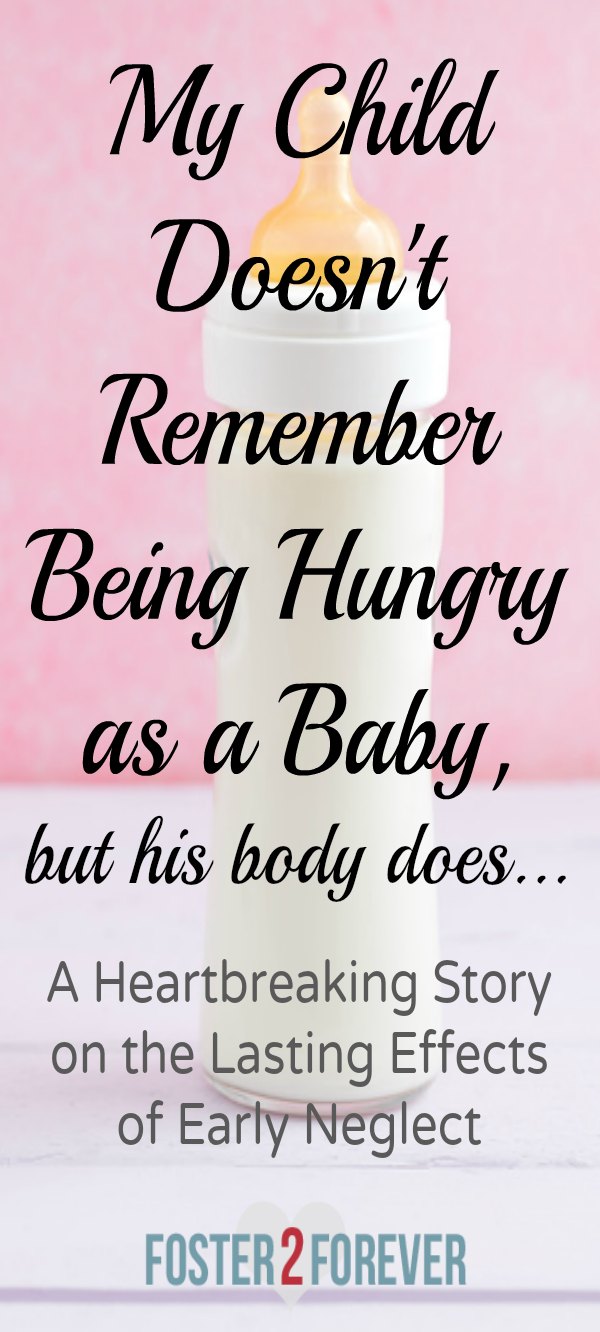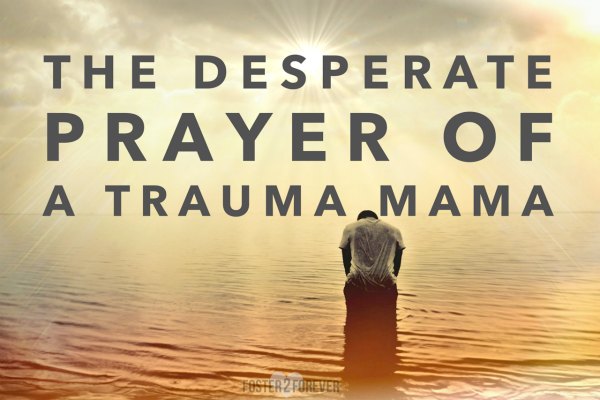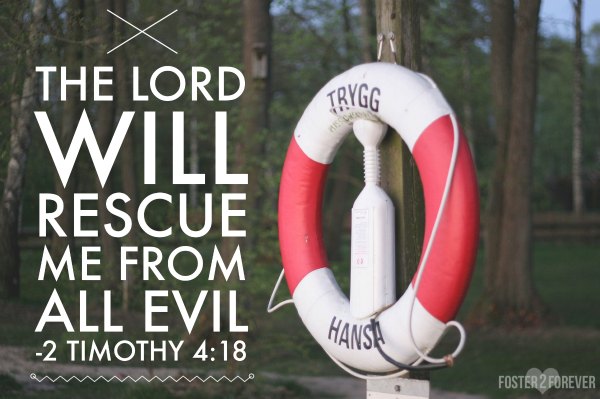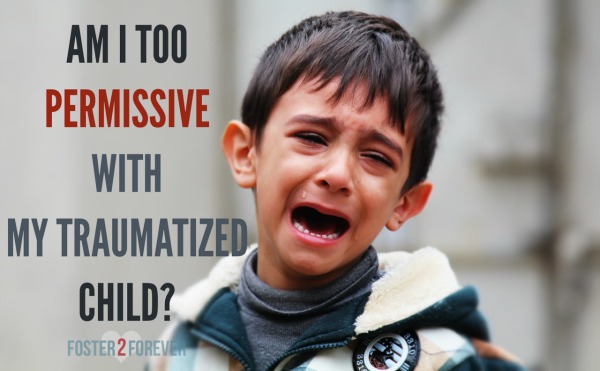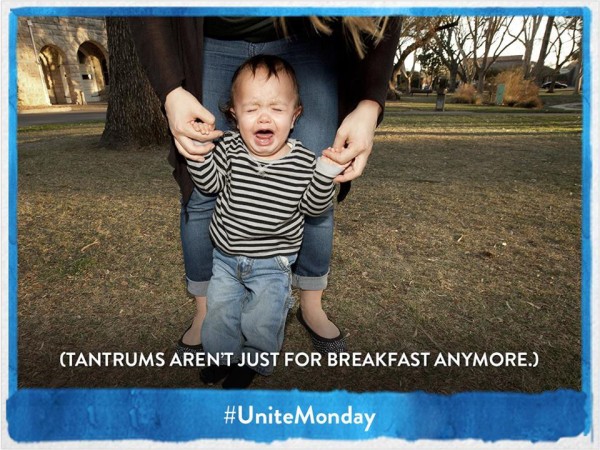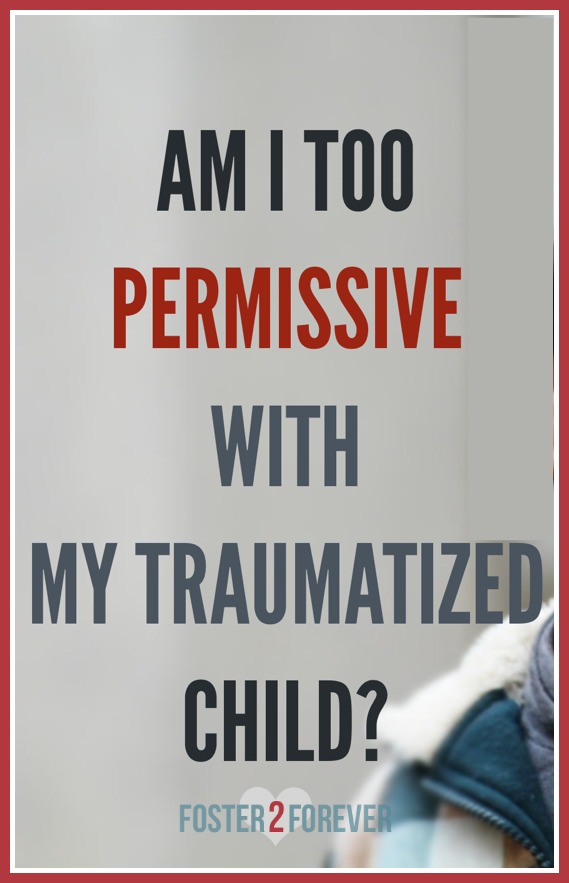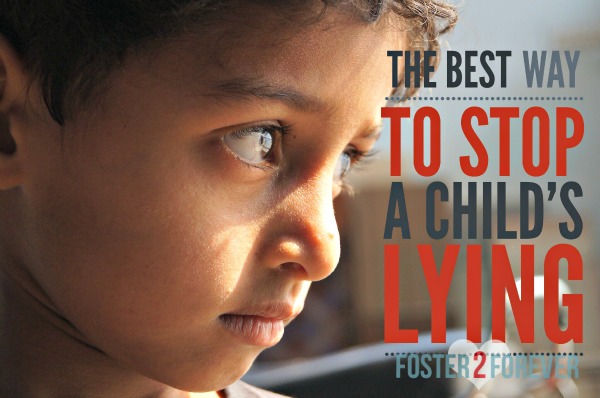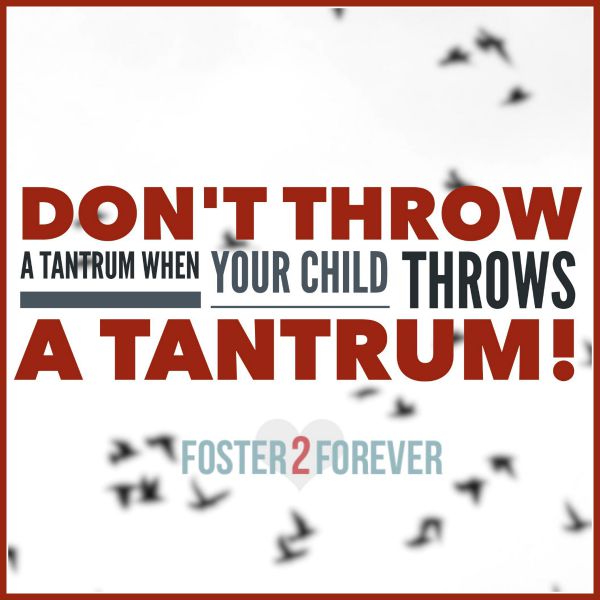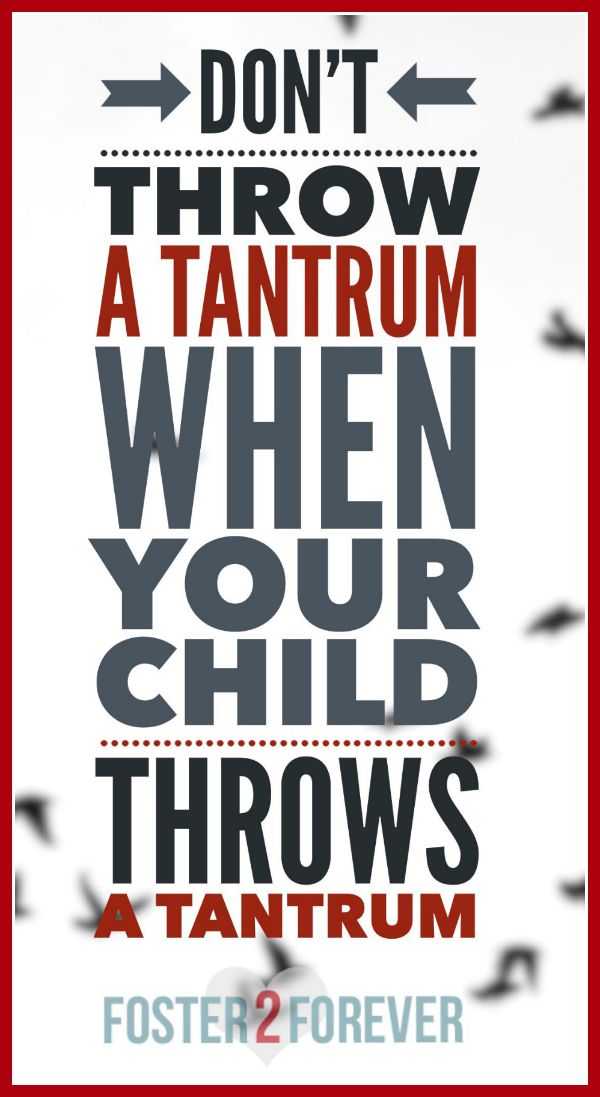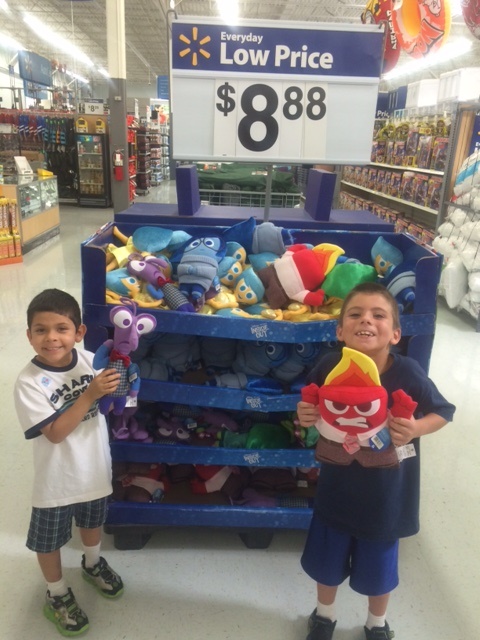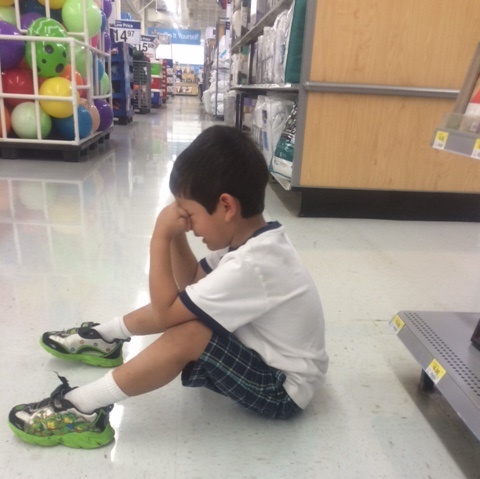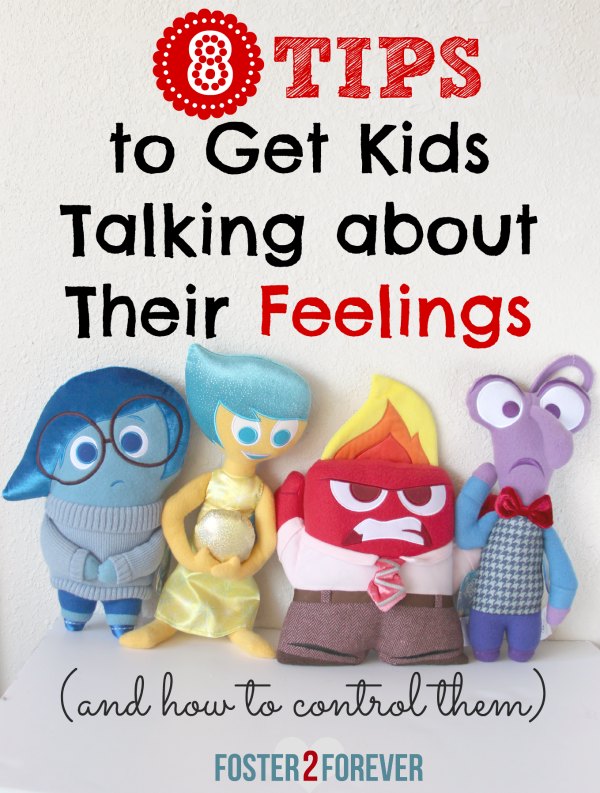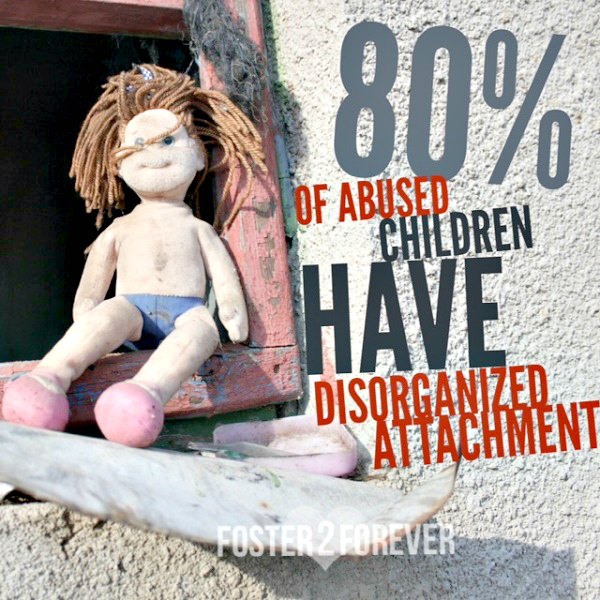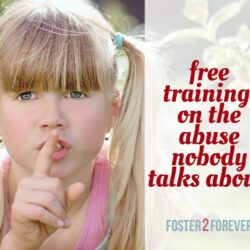My son doesn’t remember being hungry — but his brain does! The trauma from infant neglect can cause lasting impressions in the memory bank of a baby.
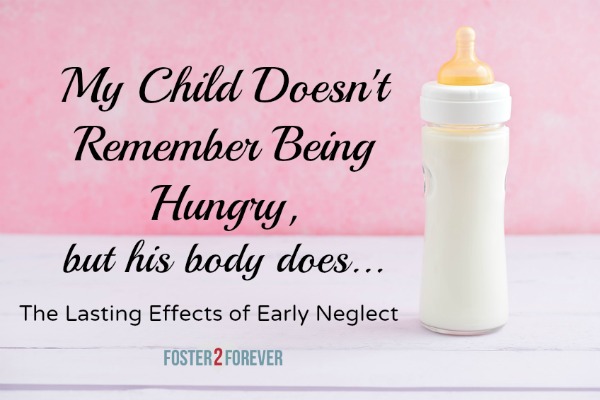
My son was just 8 months old when he came to live with us. Even in those short months, he had experienced serious neglect that unknown to anyone had a lasting impact on his life. He spent the majority of his infanthood in a car seat, as his parents partied and fought in another room. Just how often did he get fed? His cries for a bottle went unheard. How often did he get changed? His cries of discomfort from dirty diapers weren’t heard. When he came to live with us, he had a rash in the shape of a diaper on his entire front and bottom.
“Babies don’t remember.” That’s what I thought. But I was very wrong.
He was a delightful baby, although hypervigilant in watching me. Anytime I left the room, he would begin screaming. And even when I was in the room, if a door would suddenly shut, he would begin screaming. It was then, I began to realize how serious his neglect had been.
But he didn’t show signs of infant neglect.
I admit he was a demanding baby and toddler, but aren’t the “terrible twos” and “threenage” years supposed to be? I didn’t think anything was wrong in regard to tantrums at that age until…
His daycare began reporting numerous tantrums and meltdowns, that began escalating to rages and aggression toward the teachers and other students. He eventually got kicked out of THREE daycares due to his rages, and I had to take FMLA family leave.
I researched, read numerous adoption & parenting books, and tried every parenting technique I could find. But the rages continued. Even medication didn’t help.
However, our family vacation on a Disney Cruise was pivotal in uncovering the mystery of my son’s tantrums. On the last day of the cruise in which we had endured numerous meltdowns, I finally discovered the trigger for my son’s meltdowns.
“Son, you do this every time, right before we eat!!! ” I suddenly had an epiphany as the words left my mouth.
I saw a chocolate on the bed stand, quickly gave it to him. He immediately devoured the chocolate, and within one minute, like magic, he rapidly transformed back into my sweet little boy. My little boy had been hungry!
My son doesn’t have a memory of being hungry as an infant, but his brain does. That baby’s developing brain was hard-wired with a terrifying memory of being hungry, not knowing when he would be fed, and believing he was going to die!
The fear response of fight, flight or freeze would kick in – and my baby would fight! – the only way he could as an infant – by screaming. As he got older, his fear response from hunger escalated from screaming to actual fighting!
When I looked back on the documentation at the daycares, his rages occurred around 10 in the morning and mid-afternoon. My child was hungry!!
I can now attribute about 80% of my son’s behavior issues to hunger. Although I understand the trigger to the majority of his crankiness and tantrums, I still struggle with parenting my son — a strong-willed finicky eater! (That’s another blog post)
My son still has a memory of hunger – but he doesn’t remember it.
READ MORE IN THIS INCREDIBLE BOOK!
